The James Webb Space Telescope (JWST) has captured stunning images of a light echo created by a supernova explosion in the constellation Cassiopeia that occurred around 350 years ago. The supernova's powerful energy illuminated a cloud of interstellar gas and dust, creating a visible trail of light that reveals the 3D structure of the material. JWST's infrared capabilities allow it to penetrate through dust that would obscure visible light, providing unprecedented details about the aftermath of the stellar explosion.
Supernovae are one of the most useful events in all of astronomy. Scientists can directly measure their power, their spin, and their eventual fallout, whether that’s turning into a black hole or a neutron star in some cases or just a much smaller stellar remnant. One of these events happened around 350 years ago in the constellation Cassiopeia.
A light echo can be thought of as a giant photographer’s bulb. A bright flash travels in an ever-extending sphere outwards, gradually illuminating everything in its path, then moving on and leaving the objects it just passed back in darkness. As the material is illuminated, telescopes back on Earth can see this otherwise invisible matter existing in the interstellar medium.
Spitzer, one of NASA’s great observatories that ended its observations in 2020, examined this same clump of gas and dust back in 2008. Its image was fascinating but not as complete as the one by its successor, JWST. Another feature of the image is described as “knots in wood grain” in a press release from the Webb telescope researchers. It also twists and moves over months as if dragged by some invisible force.
SUPERNOE SPACE TELESCOPE INTERSTELLAR GAS LIGHT ECHO INFRARED ASTRONOMY
United States Latest News, United States Headlines
Similar News:You can also read news stories similar to this one that we have collected from other news sources.
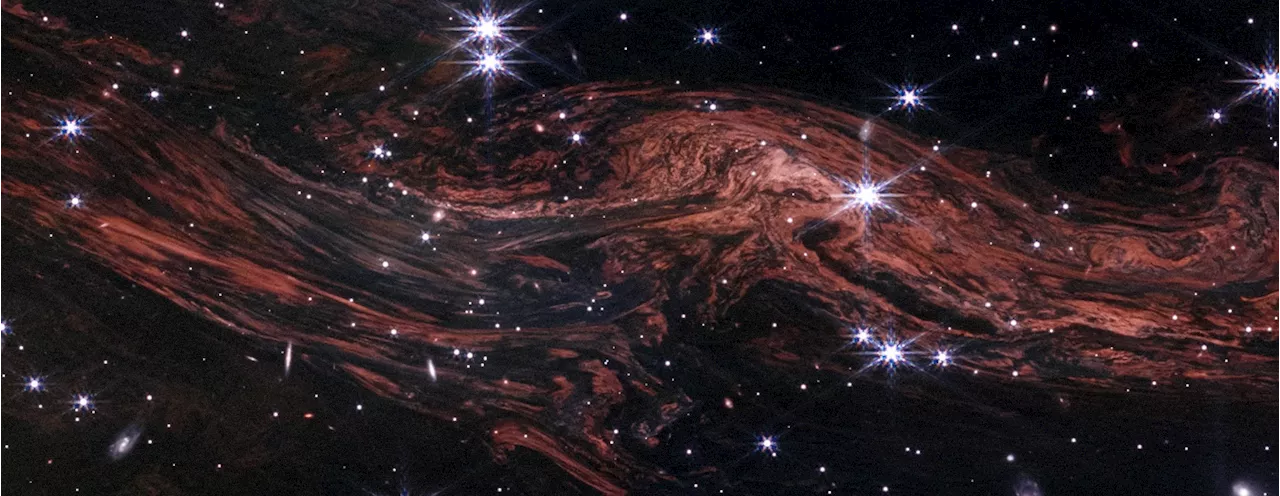 James Webb Telescope Captures Stunning Light Echo From 350-Year-Old SupernovaThe James Webb Space Telescope (JWST) has captured a breathtaking image of a light echo caused by a supernova explosion in the constellation Cassiopeia, providing valuable insights into interstellar gas and dust. The supernova, which occurred around 350 years ago, ejected massive amounts of energy that illuminated a clump of gas and dust located about 350 light-years away. JWST's infrared capabilities allowed astronomers to observe the three-dimensional structure of the illuminated gas and dust, revealing intricate patterns and movements.
James Webb Telescope Captures Stunning Light Echo From 350-Year-Old SupernovaThe James Webb Space Telescope (JWST) has captured a breathtaking image of a light echo caused by a supernova explosion in the constellation Cassiopeia, providing valuable insights into interstellar gas and dust. The supernova, which occurred around 350 years ago, ejected massive amounts of energy that illuminated a clump of gas and dust located about 350 light-years away. JWST's infrared capabilities allowed astronomers to observe the three-dimensional structure of the illuminated gas and dust, revealing intricate patterns and movements.
Read more »
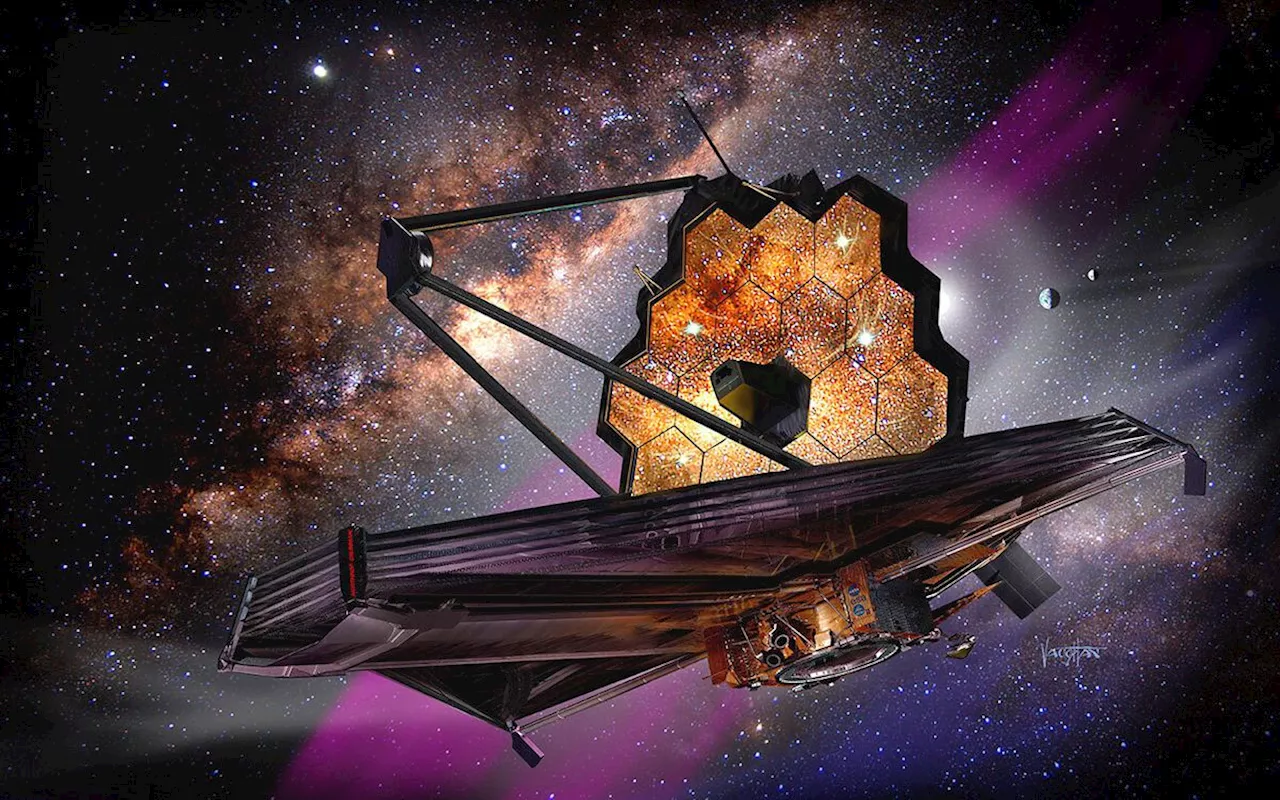 James Webb Space Telescope quiz: How well do you know the world's most powerful telescope?Ian is a freelance science and technology writer, and formerly the Tech and Entertainment Editor at Live Science & Space.com. With a degree in biology, a PhD in chemistry, and his previous role at Institute of Physics Publishing, Ian is taking a world tour through the different scientific disciplines.
James Webb Space Telescope quiz: How well do you know the world's most powerful telescope?Ian is a freelance science and technology writer, and formerly the Tech and Entertainment Editor at Live Science & Space.com. With a degree in biology, a PhD in chemistry, and his previous role at Institute of Physics Publishing, Ian is taking a world tour through the different scientific disciplines.
Read more »
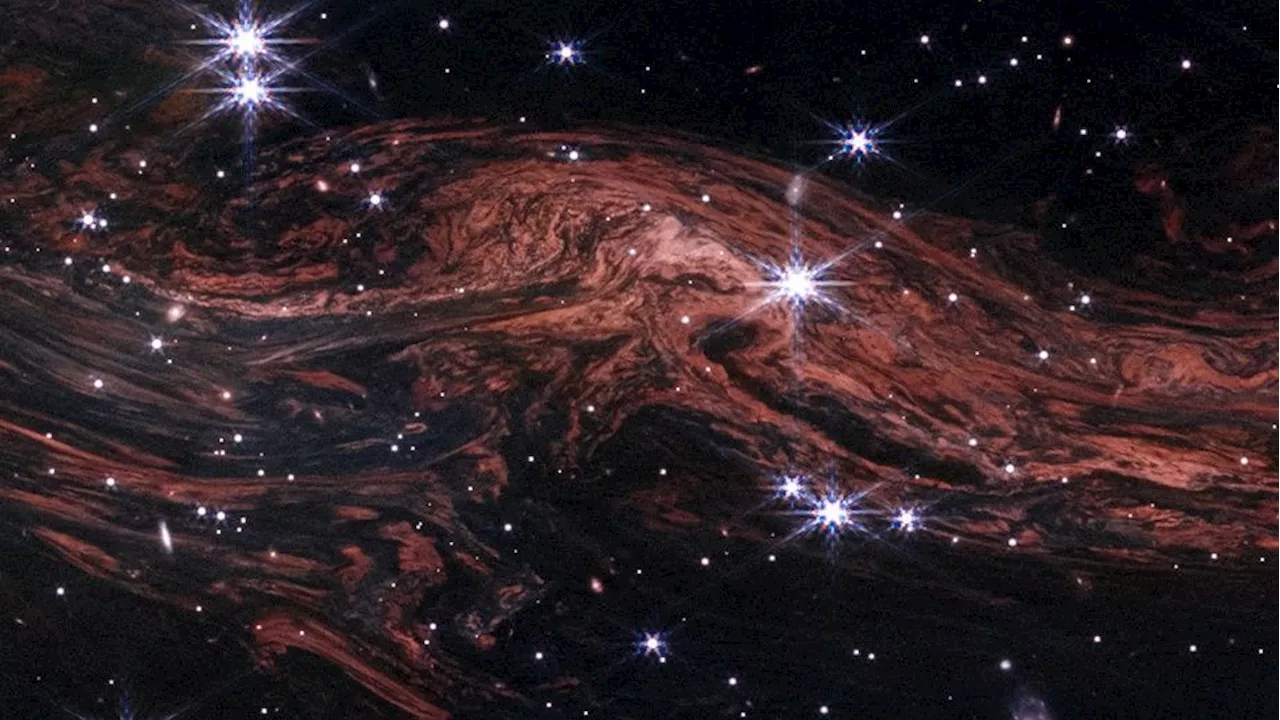 James Webb Telescope Captures Stunning Light Echo from SupernovaThe James Webb Space Telescope (JWST) has captured a rare light echo from a centuries-old supernova, illuminating previously invisible clouds of gas and dust in our galaxy. This discovery will revolutionize our understanding of the interstellar medium and the formation of stars.
James Webb Telescope Captures Stunning Light Echo from SupernovaThe James Webb Space Telescope (JWST) has captured a rare light echo from a centuries-old supernova, illuminating previously invisible clouds of gas and dust in our galaxy. This discovery will revolutionize our understanding of the interstellar medium and the formation of stars.
Read more »
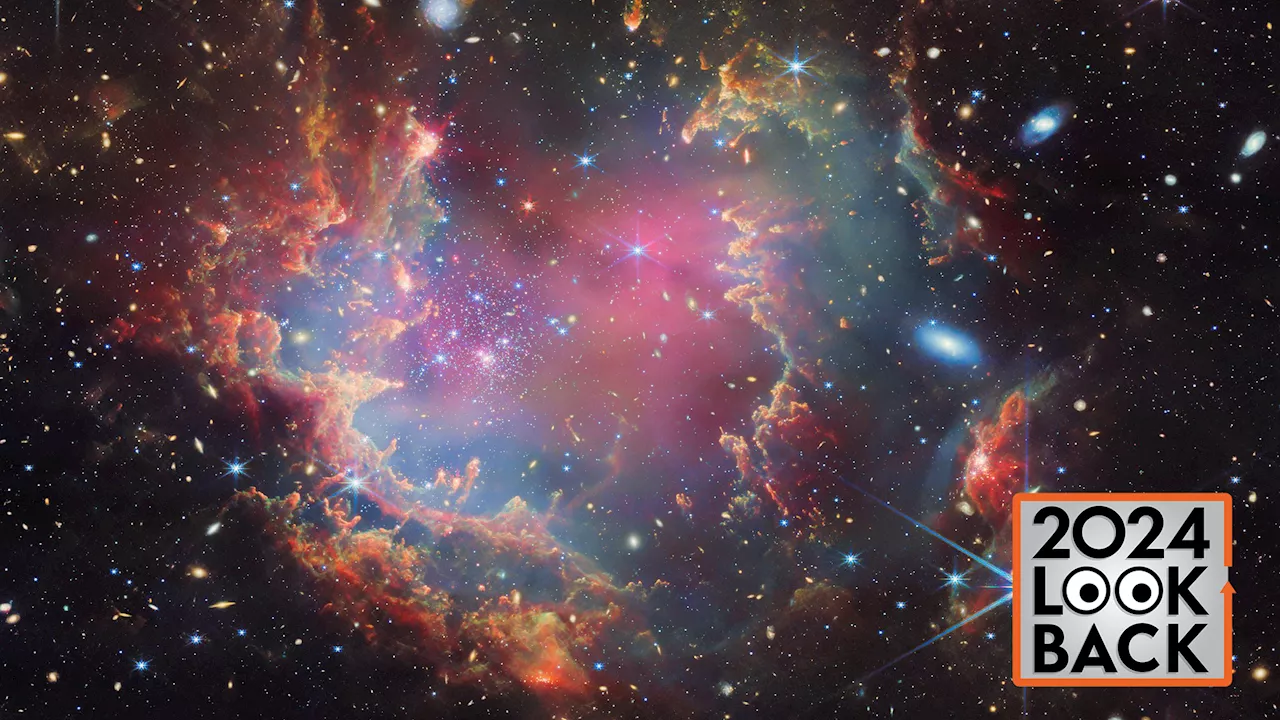 James Webb Space Telescope Captures Stunning Images in 2024The James Webb Space Telescope (JWST) continues to amaze with breathtaking images. This year, the JWST revealed stunning views of spiral galaxies, a hidden neutron star in a supernova remnant, and other distant cosmic marvels.
James Webb Space Telescope Captures Stunning Images in 2024The James Webb Space Telescope (JWST) continues to amaze with breathtaking images. This year, the JWST revealed stunning views of spiral galaxies, a hidden neutron star in a supernova remnant, and other distant cosmic marvels.
Read more »
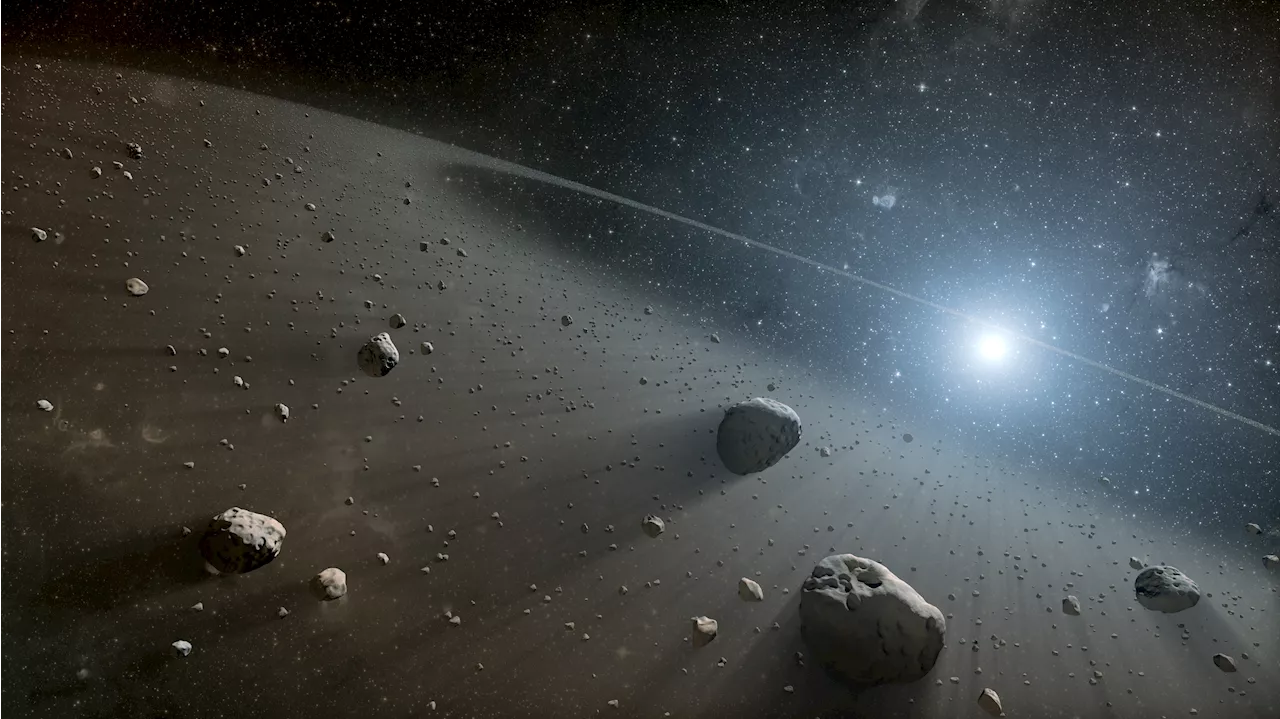 James Webb Space Telescope Reveals New Population of Small AsteroidsThe James Webb Space Telescope has been used to discover 138 new asteroids in the main asteroid belt, ranging in size from a bus to a stadium. This discovery provides valuable insights into the formation and evolution of asteroids, as well as the potential risks posed by near-Earth asteroids.
James Webb Space Telescope Reveals New Population of Small AsteroidsThe James Webb Space Telescope has been used to discover 138 new asteroids in the main asteroid belt, ranging in size from a bus to a stadium. This discovery provides valuable insights into the formation and evolution of asteroids, as well as the potential risks posed by near-Earth asteroids.
Read more »
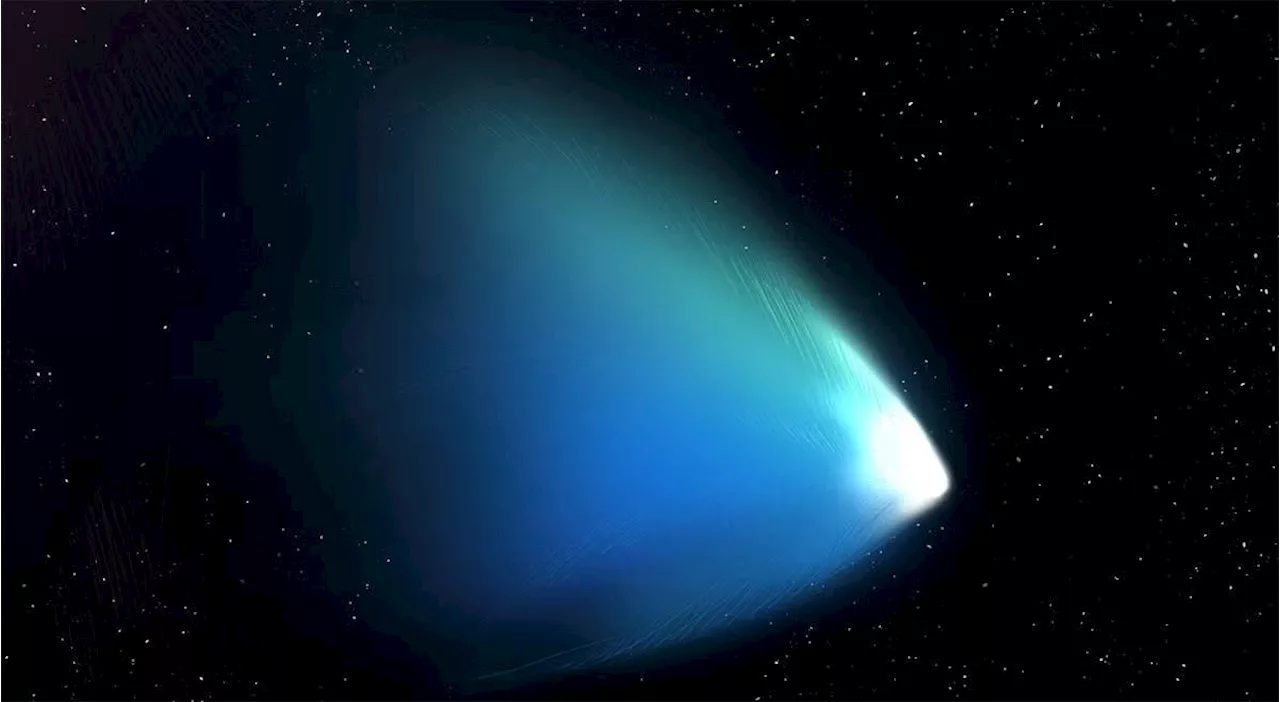 James Webb Telescope Unveils Surprising Makeup of Centaur 2060 ChironThe James Webb Space Telescope (JWST) has made a remarkable discovery about the centaur 2060 Chiron, revealing a unique combination of ices and gases that sets it apart from other objects in the outer solar system. Chiron, located between Jupiter and Neptune, exhibits characteristics reminiscent of both comets and asteroids, including a gaseous coma and potential rings and debris field. JWST observations have identified carbon monoxide, carbon dioxide ice on Chiron's surface, and carbon dioxide and methane gas in its thin coma.
James Webb Telescope Unveils Surprising Makeup of Centaur 2060 ChironThe James Webb Space Telescope (JWST) has made a remarkable discovery about the centaur 2060 Chiron, revealing a unique combination of ices and gases that sets it apart from other objects in the outer solar system. Chiron, located between Jupiter and Neptune, exhibits characteristics reminiscent of both comets and asteroids, including a gaseous coma and potential rings and debris field. JWST observations have identified carbon monoxide, carbon dioxide ice on Chiron's surface, and carbon dioxide and methane gas in its thin coma.
Read more »
